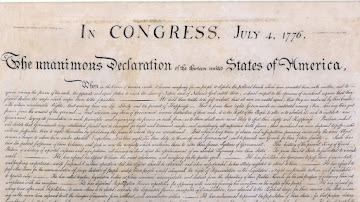By World BEYOND War, July 14, 2025
A new report by the global peace group World BEYOND War finds that military bases used by foreign militaries are growing in number, as are public protests and advocacy against those bases.
Of 1,247 foreign military bases in the world, 877 of them, by latest count, are U.S. bases outside of the United States. Eighteen other nations, combined, have 370 bases outside their borders.
The full report is available at https://worldbeyondwar.org/
The combined foreign military bases of the top three nations on the list, NATO members all, total 1,127. The fourth nation on the list, NATO’s raison d’être, Russia, has 29 foreign military bases. These are all found in 10 countries, all of which are near Russia, apart from one base in Sudan.
People have built popular movements to prevent planned bases and to close existing bases at many locations around the world, and increasingly they are in touch with each other. On February 23, 2025, and surrounding days, individuals and organizations around the world took coordinated action to call for the closure of all military bases as part of the Global Day of Action to Close Bases. In over 60 locations people protested the foreign bases of various countries, including the United States, the UK, and Russia. See https://DayToCloseBases.org
Bases are often on stolen land and often perpetuate systems of segregation and colonialism. They do incredible environmental damage, tend to increase sexual violence and drunkenness, cost a financial fortune, prop up brutal governments, and facilitate drone attacks and wars.
In some places, movements against bases have achieved official support. The Governor of Okinawa has repeatedly visited the United States to insist that military bases be closed. Almost 20 years ago, the Government of Ecuador evicted the U.S. military and banned foreign bases. More recently, the Ecuadorian government has violated its Constitution to allow foreign bases in the Galapagos Islands and proposed to do the same on the mainland, despite opposition from members of Parliament.
In some places, bases have been prevented or closed. In 2024, after years of struggle, supported by World BEYOND War and others, the Save Sinjajevina campaign met with the Prime Minister of Montenegro and gained his promise that there would be no military training ground built at Sinjajevina in Montenegro. This was to have been a massive and destructive project for the benefit of NATO and the U.S. military. In 2006, people in the Czech Republic learned of plans to create U.S. bases in their country. They organized and prevented those bases from being built. In 2007 localities in the Czech Republic held referenda that matched national opinion polls and demonstrations; their opposition moved their government to refuse to host a U.S. base. In Colombia, a popular movement has prevented construction of a base for use by the U.S. military on Providencia Island, and a new movement to prevent such a base on Gorgona Island is drawing on the lessons from that success.
As shown in the new report, complaints against foreign military bases are numerous. Bases deny sovereignty, make nations into targets, make wars more likely, support unpopular governments, do extensive environmental damage, proliferate nuclear weapons, provide criminal immunity to occupying troops, and create a segregated structure in which people do not all have the same rights.
The U.S. public, and as far as can be determined, every other public whose government has foreign bases, has never been asked to decide on creating or closing such bases, and very rarely if ever even been surveyed in an opinion poll on the matter.
Find the full report at https://worldbeyondwar.org/
Find more information at https://DayToCloseBases.org.











